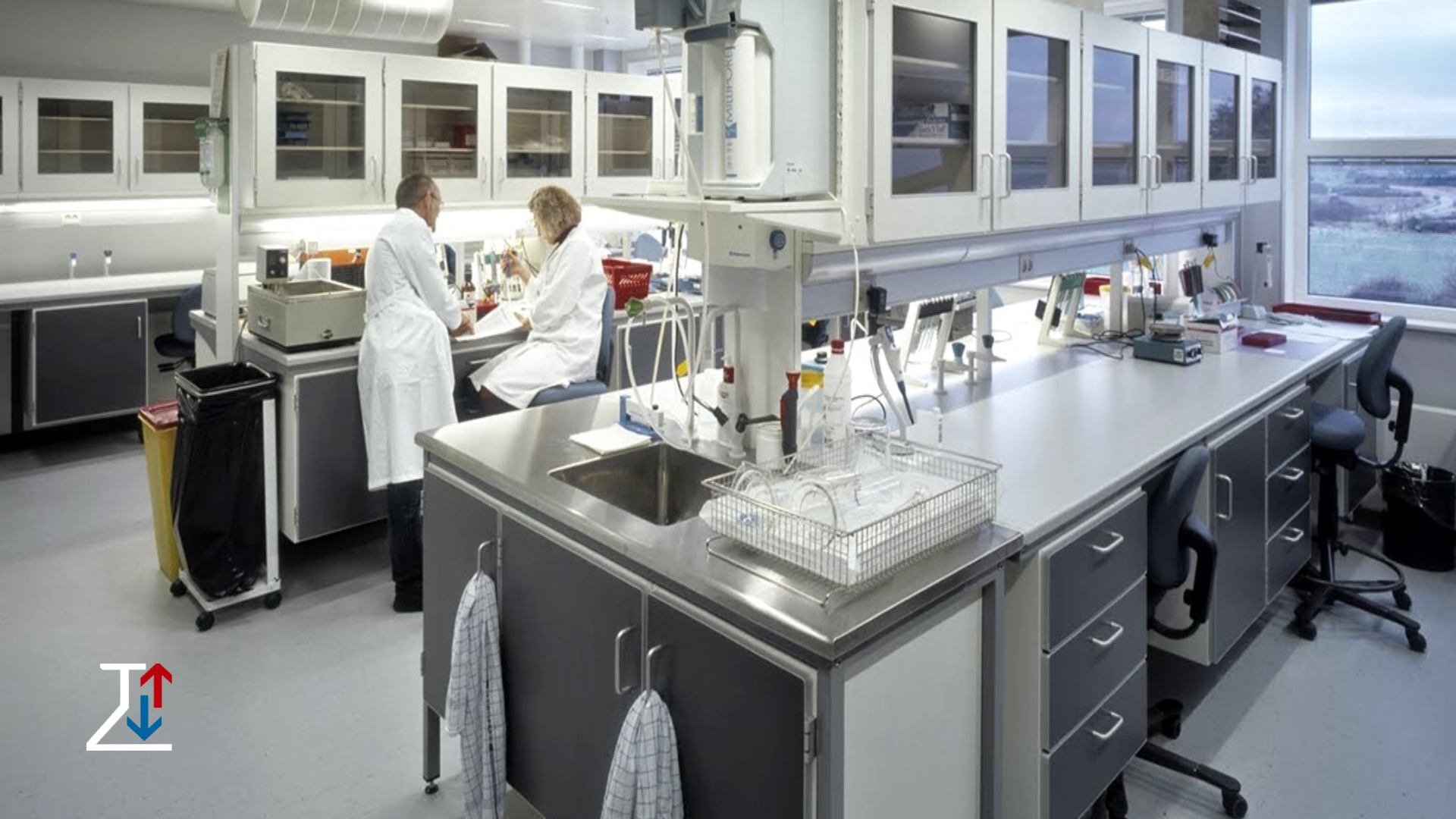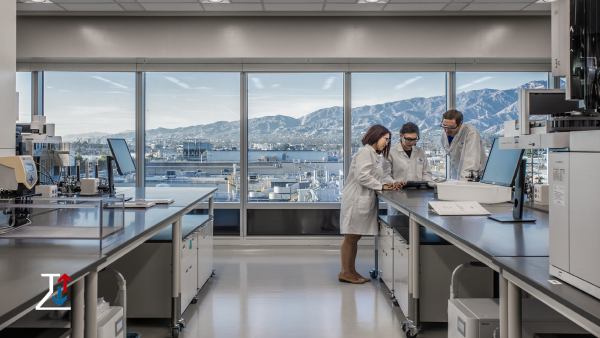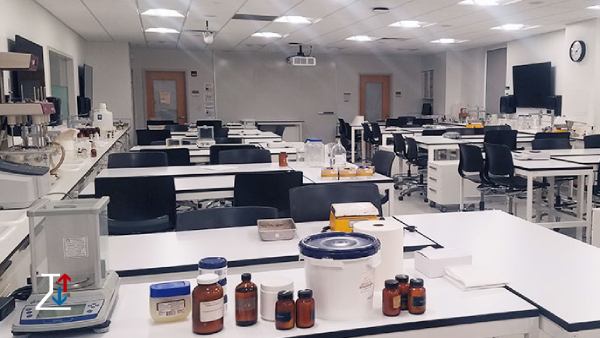
Stability testing is an essential process in various industries, particularly in pharmaceuticals, cosmetics, and food, where the long-term quality, safety, and efficacy of products need to be ensured. Among the key factors that affect stability, temperature is one of the most significant. Understanding the right temperature conditions for stability testing is crucial to simulate the real-world environment in which products will be stored and used. This article delves into the importance of temperature in stability testing, the recommended guidelines, and how different temperature conditions impact various products.
Clich here to read about Temperature and humidity test chamber
Why Temperature Matters in Stability Testing?
Temperature can significantly influence the rate of chemical reactions and the physical properties of products. Most chemical reactions, such as degradation or oxidation, accelerate at higher temperatures. In the case of pharmaceuticals, this can mean the breakdown of active ingredients, resulting in reduced potency and efficacy. Similarly, in food products, higher temperatures can accelerate spoilage or the growth of microorganisms. Cosmetics may experience separation of ingredients or loss of fragrance if stored at inappropriate temperatures.
Since products will encounter various temperature conditions throughout their shelf life—from transportation to storage—it is crucial to test their stability under different temperature conditions. This ensures that manufacturers can predict how long their products will remain effective and safe for use.

Recommended Temperature Conditions for Stability Testing
Several regulatory agencies, such as the International Council for Harmonisation (ICH), have established specific temperature conditions for stability testing, particularly in pharmaceuticals. These conditions are designed to reflect the various climatic zones around the world, ranging from temperate to tropical climates. The ICH guidelines classify stability testing into several categories, including long-term, accelerated, and intermediate testing, each with its respective temperature conditions.
1. Long-Term Testing
Long-term stability testing evaluates the stability of a product over an extended period, simulating real-life storage conditions. The temperature conditions for long-term testing vary depending on the climatic zone the product is intended for.
- Climatic Zone I and II (Temperate/ Mediterranean): The recommended temperature for long-term testing in these zones is 25°C ± 2°C with a relative humidity of 60% ± 5%.
- Climatic Zone III (Hot Dry): The temperature condition for long-term testing in these zones is 30°C ± 2°C, with a relative humidity of 35% ± 5%.
- Climatic Zone IV (Hot Humid): For hot and humid climates, the recommended long-term testing temperature is 30°C ± 2°C with a relative humidity of 65% ± 5%. For areas classified as zone IVb (extremely humid), the conditions can rise to 30°C ± 2°C and 75% ± 5% humidity.
This long-term testing is typically conducted over a period of 12 months or more, depending on the product’s intended shelf life.
2. Accelerated Testing
Accelerated stability testing is designed to predict a product’s long-term stability in a shorter time frame. The temperature and humidity conditions are intentionally increased to stress the product, accelerating the rate of chemical degradation or physical change.
- The standard condition for accelerated stability testing is 40°C ± 2°C with a relative humidity of 75% ± 5%.
Accelerated testing usually runs for six months and is used to provide preliminary data on how a product may degrade over time. It helps manufacturers make informed decisions about product formulation and packaging, and to estimate a product’s shelf life.
3. Intermediate Testing
Intermediate testing serves as a backup to long-term and accelerated testing, particularly if the product fails or exhibits abnormal changes under accelerated conditions. It is performed at milder temperatures compared to accelerated testing but still higher than long-term storage conditions. The temperature conditions for intermediate testing are:
- 30°C ± 2°C with a relative humidity of 65% ± 5%.
Intermediate stability testing is conducted for products expected to be stored in environments with fluctuating temperatures or where accelerated testing reveals potential stability issues.
4. Refrigerator and Freezer Conditions
Some products, particularly certain pharmaceuticals, biologics, and food items, are meant to be stored at low temperatures. In such cases, stability testing under refrigeration or freezing conditions is necessary.
- Refrigerated storage conditions typically require stability testing at 5°C ± 3°C. This is particularly important for vaccines, biologics, and other temperature-sensitive products.
- Freezer storage conditions are typically set at -20°C ± 5°C, which is suitable for products that need to be frozen for long-term stability.
5. Extreme Temperature Testing
In some cases, products may need to be tested under extreme temperature conditions, such as high temperature (above 40°C) or sub-zero temperatures. This is especially relevant for products that are expected to endure transportation in hot climates or be exposed to freezing temperatures during shipping or storage. Extreme temperature testing helps assess the robustness of packaging and the overall stability of the product under less than ideal conditions.

Impact of Temperature on Different Product Types
Temperature stability testing is not limited to pharmaceuticals; it is equally important for cosmetics, food, and packagingmaterials.
Pharmaceuticals:
Temperature fluctuations can cause the breakdown of active ingredients, leading to loss of potency and even the creation of harmful degradation products. Injectable medicines, in particular, are highly sensitive to temperature changes.
Cosmetics:
In cosmetics, temperature extremes can cause separation of oil and water-based ingredients, changes in texture, color fading, and loss of fragrance.
Food Products:
In food, temperature stability tests assess microbial growth, chemical degradation, and changes in taste, smell, or texture under different temperature conditions.
Packaging Materials:
Packaging can also be affected by temperature. Materials may degrade or lose their barrier properties at extreme temperatures, which can affect the stability of the products they contain.
Conclusion
Temperature conditions play a critical role in stability testing across multiple industries, especially in pharmaceuticals, cosmetics, and food products. Regulatory bodies like the ICH have set specific guidelines for different climate zones to ensure that products remain safe and effective throughout their shelf life. The key temperature conditions include long-term, accelerated, and intermediate testing, along with specialized conditions for refrigerated and frozen products. Understanding and adhering to these conditions help manufacturers develop robust products that maintain their integrity and quality throughout their lifecycle.